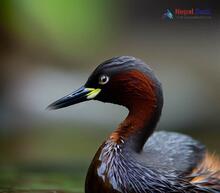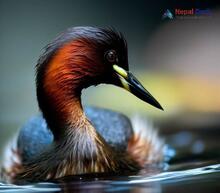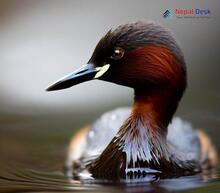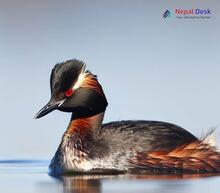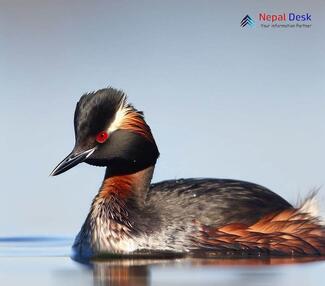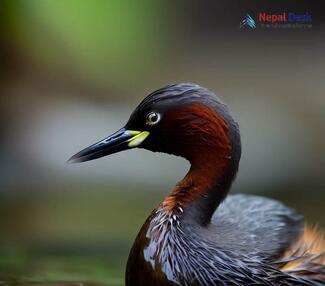Nepal, a country known for its breathtaking Himalayan mountains and rich cultural heritage, is also home to an incredibly diverse ecosystem. One lesser-known aspect of its wildlife is the presence of the Podicipedinae bird subfamily – a group of aquatic birds that capture the hearts of birdwatchers and nature enthusiasts alike.
Venturing into Nepal's wetlands, you will encounter these fascinating birds, commonly known as grebes. With their distinct appearance, marked by small heads, sharp beaks, and uniquely lobed toes, Podicipedinae birds skillfully navigate both water and air in search of prey.
Grebes of Nepal: Master Divers in Action
Among the numerous species that make up the Podicipedinae subfamily, there are several found inhabiting Nepal's water bodies. Known for their incredible diving ability, these birds can submerge themselves underwater to astonishing depths in pursuit of fish and other aquatic life.
Their specialized diving skills are aided by their sleek bodies and strong legs placed toward the back of their torsos. Agile swimmers with remarkable endurance, grebes can stay submerged for extended periods as they seek out their next meal.
A Familiar Sound: The Vocalizations of Grebes
Birdwatchers will no doubt appreciate the unique vocalizations of grebes found across Nepal's wetlands. Their calls range from soft trills and whistles to louder, more piercing sounds that echo throughout their habitat. These vocalizations play an essential role in communication between mates or during territorial disputes with other grebes.
Nesting Habits: Unique Structures Amidst Nature
Podicipedinae birds build remarkable nests that exemplify nature's architectural ingenuity. Most commonly found floating on water surfaces or anchored to submerged vegetation, grebe nests are constructed from plant material gathered from their surroundings. These floating homes create secure environments for raising fledglings, offering both stability and protection from potential predators.
Conservation Efforts: Safeguarding the Grebes of Nepal
While grebes in Nepal are a sight that nature enthusiasts relish, it is essential to recognize that these captivating birds face numerous threats. Habitat loss, water pollution, and human disturbance all contribute to the dwindling populations of these aquatic birds.
Thankfully, several conservation organizations are actively working to protect and preserve these creatures and their habitats. Through awareness campaigns and habitat restoration initiatives, there is hope for the vibrant future of Nepal's Podicipedinae subfamily.
Witnessing the beauty of grebes in their natural habitat is undoubtedly a magical experience for any nature lover or birdwatcher venturing into Nepal's diverse landscape. As continued efforts are made to protect their environment, we can only hope that future generations will also have the opportunity to appreciate these enchanting aquatic birds.

